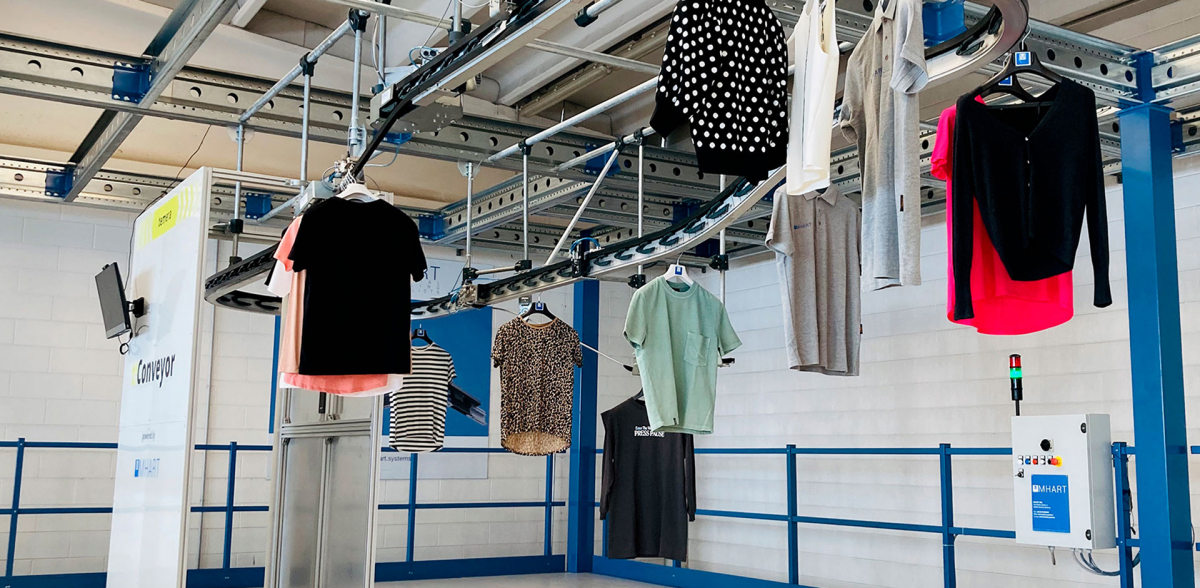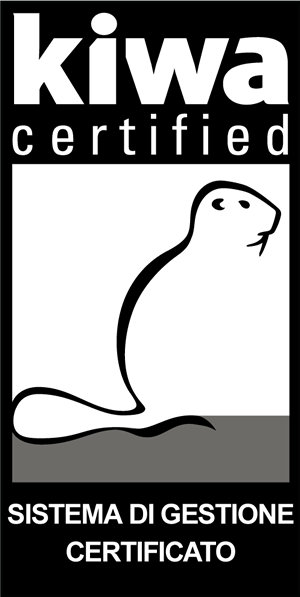IoT Technology for Distribution
Innovative solutions for Distribution Channels
Technological innovation is increasingly entering the distribution channels, by which we mean that set of entities that operate to transfer a product from the producer to the consumer. The various steps in the chain of sale of a product represent the distribution channel.
Indirect distribution channels, unlike direct ones, are put together with a complex architecture within which numerous factors come into play. They are one of the most widespread scenarios in the global market, i.e. when companies work with various distribution partners or intermediaries to bring products and services to customers.
In indirect distribution channels there are numerous figures as:
- (VAR) Value-Added Retailer
- System Integrator
- Consultants
- (MSP) Managed Service Provider
- (OEM) Original equipment manufacturers
- Retailer
- Wholesalers
- Distributors
Distribution plays a fundamental role in the manufacturing phase seeing as how it allows one to fill the existing discrepancies (gaps) between the enterprise and the market, which is to say the geographical gap, for example.
In order to reach consumers scattered throughout the global territory, the company must necessarily avail themselves of distribution channels to make their products reachable by the end-destination customer.


